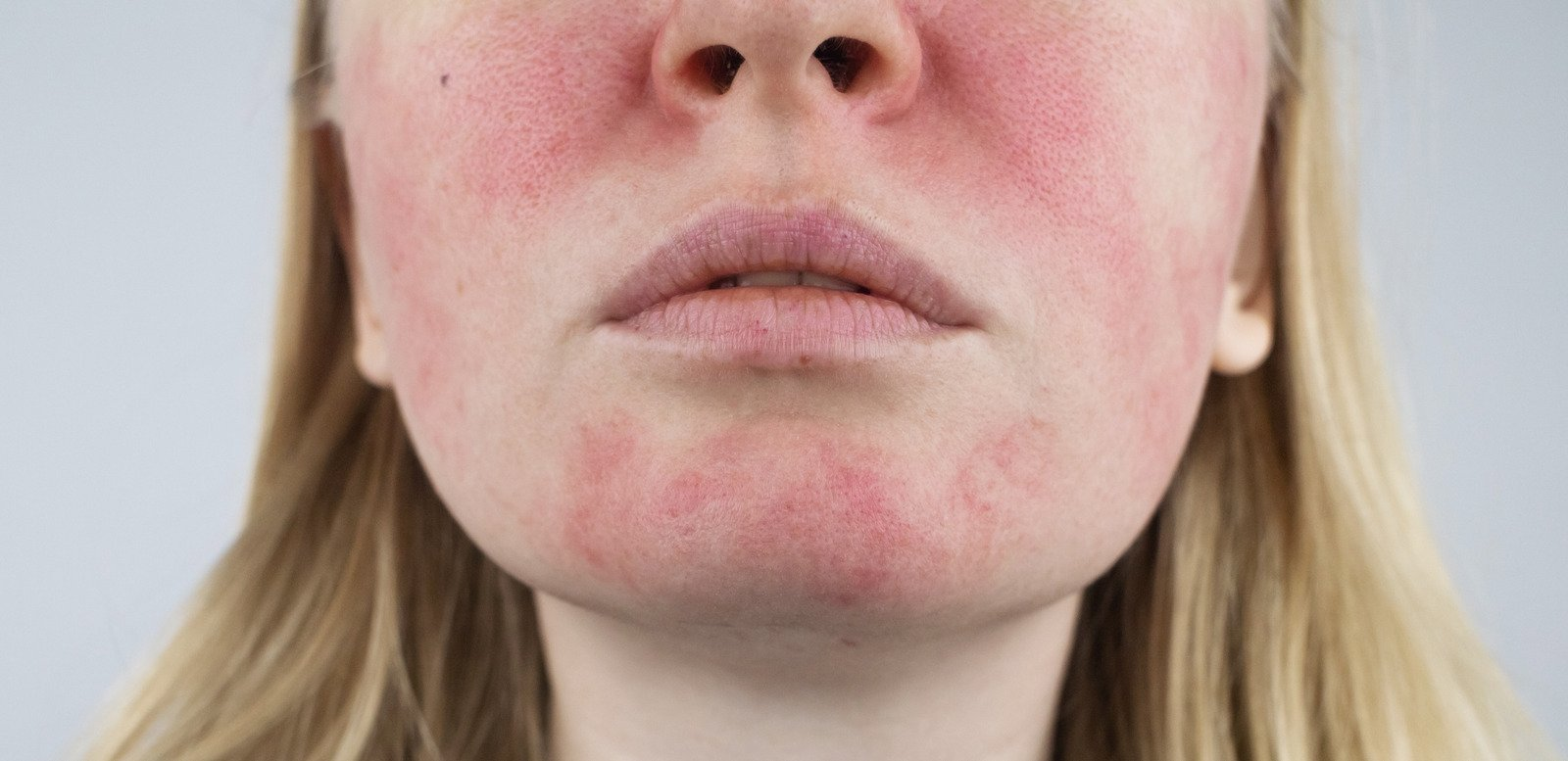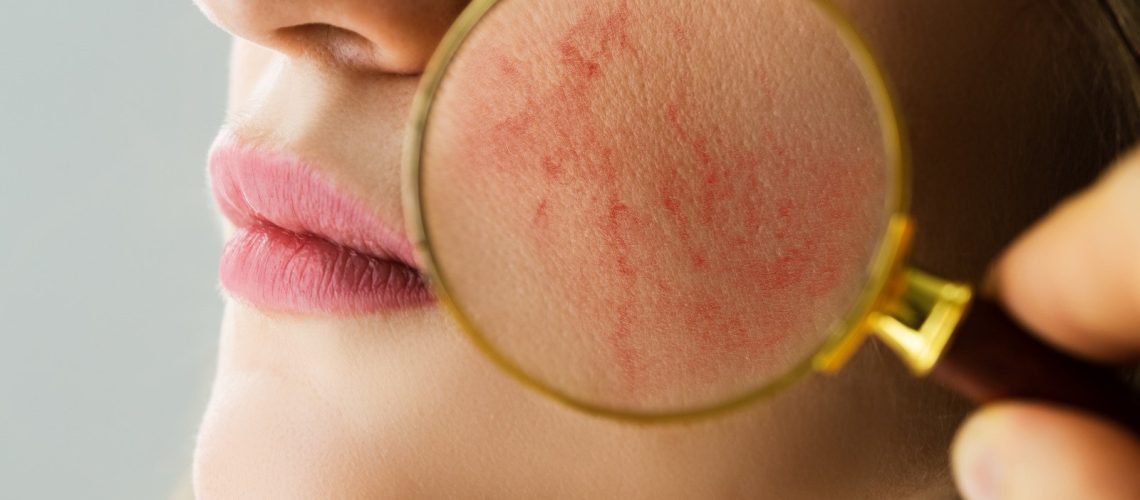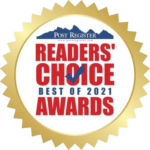What is Rosacea
Rosacea is a skin condition that primarily affects the face, causing redness, visible blood vessels, and sensitive skin. It often begins with episodes of flushing or blushing and can progress to persistent redness. In some cases, the skin may also thicken and develop a bumpy texture. Many people don’t know that their skin redness
The exact cause of rosacea is not fully understood, but it is believed to involve a combination of genetic and environmental factors. Some people have rosacea-prone skin. Common triggers for rosacea flare-ups include exposure to sunlight, hot or spicy foods, alcohol, stress, and certain medications.
Rosacea is more common in fair-skinned individuals and tends to affect people between the ages of 30 and 60. Although there is no cure for rosacea, there are various rosacea treatments that can help manage its symptoms such as facial redness and dry skin. Topical and oral medications, as well as laser therapy, may be prescribed by healthcare professionals to reduce redness, inflammation, and other symptoms associated with rosacea.

Start a Skin Care Routine
Even if you are currently treating Rosacea, the right skin care regimen can make a world of difference. Here are some tips for improving how your skin feels, reduce rosacea flare-ups, and boost your skins health.
Cleanse Your Skin Gently Twice Daily:
Frequency: Cleansing your skin twice daily, in the morning and at night, is essential to remove accumulated oil and dirt. This practice helps prevent irritation to already sensitive skin.
Choosing the Right Cleanser: Opt for a gentle cleanser that is specifically formulated for sensitive skin. Look for products that are fragrance-free and hypoallergenic. Using circular motions during application and rinsing with lukewarm water can prevent additional irritation.
Drying Technique: Pat your skin dry instead of rubbing it, as vigorous rubbing can exacerbate redness and inflammation.
Moisturize Every Day:
Importance of Moisturizing: Moisturizing is crucial for individuals with rosacea as it helps retain water in the skin, reducing irritation and dryness.
Selecting a Suitable Moisturizer: Choose a moisturizer that is labeled as non-comedogenic and designed for sensitive skin. Avoid products with alcohol or fragrances, as these can be irritating.
Protect Your Skin Year-Round from the Sun:
Sun Exposure and Rosacea: Sun exposure is a common trigger for rosacea flare-ups. Wearing sunscreen with a high SPF can provide protection against harmful UV rays that would otherwise damage or harm the skin barrier.
Choosing Sunscreen: Opt for a broad-spectrum sunscreen with at least SPF 30. Physical sunscreens containing zinc oxide or titanium dioxide may be less irritating for sensitive skin.
Choose Rosacea-Friendly Skincare Products:
Avoiding Irritants: Read product labels and avoid skincare items containing alcohol, camphor, fragrance, glycolic acid, lactic acid, menthol, sodium laurel sulfate, and urea, as these ingredients can aggravate rosacea-prone skin.
Test Skincare Products and Makeup:
Patch Testing: Before applying new skincare products or makeup to your face, perform a patch test. Apply a small amount to a small, inconspicuous area of your skin and monitor for any adverse reactions within 72 hours.
Be Gentle with Your Skin:
Avoid Irritation: Anything that causes irritation can worsen rosacea symptoms. Avoid rubbing or scrubbing your face, and opt for gentle skincare practices to minimize the risk of exacerbating redness and inflammation.
Adhering to a consistent and gentle skincare routine, along with avoiding potential triggers, can significantly contribute to managing rosacea and promoting healthier skin. Individuals with rosacea should consult with a dermatologist to tailor a skincare regimen that suits their specific needs.
Rosacea Treatment
Receiving treatment for rosacea involves a multifaceted approach that often combines lifestyle changes, skincare routines, and, in more severe cases, medical interventions. Before starting any treatment, it is crucial to consult with a healthcare professional, preferably a dermatologist, to assess the severity of your condition and tailor a personalized treatment plan. The treatment plan may include a combination of prescription medications, lifestyle modifications, and, in some cases, advanced procedures like laser therapy.
Prescription Medication:
Prescription medications are often recommended for moderate to severe cases of rosacea to control inflammation, reduce redness, and manage symptoms. Common types of prescription medications include:
Topical Antibiotics: Applied directly to the skin, antibiotics like metronidazole or azelaic acid can help reduce inflammation and control papules and pustules associated with rosacea.
Oral Antibiotics: In more severe cases, oral antibiotics such as doxycycline, minocycline, or tetracycline may be prescribed to address inflammation and bacterial overgrowth.
Topical Retinoids: Derived from vitamin A, topical retinoids like tretinoin may be recommended to improve skin texture and reduce inflammation.
Calcineurin Inhibitors: Prescription creams like tacrolimus or pimecrolimus can be used to reduce redness and inflammation associated with rosacea.
It is essential to follow the prescribed regimen and attend follow-up appointments with your healthcare provider to monitor progress and make adjustments if necessary.
Pulsed Dye Laser:
Pulsed Dye Laser (PDL) is a type of laser therapy used to target blood vessels and reduce redness associated with rosacea. This non-invasive procedure works by emitting a concentrated beam of light that is absorbed by blood vessels, causing them to coagulate and be absorbed by the body. PDL can effectively reduce persistent redness and improve overall skin tone.
The procedure is typically performed in a dermatologist’s office, and multiple sessions may be required for optimal results. Patients may experience mild discomfort during the procedure, but downtime is usually minimal.
Intense Pulsed Light (IPL) Device:
Similar to PDL, Intense Pulsed Light (IPL) therapy utilizes broad-spectrum light to target blood vessels and reduce redness associated with rosacea. IPL can also address other skin concerns, such as sun damage and pigmentation irregularities.
During an IPL session, pulses of light are delivered to the skin, targeting blood vessels and stimulating collagen production. Multiple sessions are often required for optimal results. Like PDL, IPL is typically performed in a dermatologist’s office, and patients may experience mild discomfort during the procedure.





